Growing Movement of Remineralization and Agroecology in Brazil
Edinei Almeida is an agroecologist and PhD student currently working to bring awareness and understanding of agroecology to small family farms in rural Brazil. As part of the Brazilian NGO, AS-PTA (Assessoria e Serviços a Projetos em Agricultura Alternativa), whose mission is to promote ecological methods of agriculture that question conventional industrial practices, Edinei works with 500 family farms in Southern Brazil to show the benefits of adding rock dust to soil. Suzi Huff Theodoro, PhD, one of the main organizers of the 2nd Brazilian “Rochagem” Conference, described Edinei as one of the foremost agroecologists in Brazil and Joanna Campe of Remineralize the Earth was inspired to sit down with Edinei at the conference in May 2013 to discuss the growing movement of remineralization in rural Brazil.
Agroecology is an interdisciplinary science that applies ecological concepts and principles to the design, development, and management of sustainable agricultural systems and includes mineral cycles, energy transformations, biological processes and socioeconomic relationships. In their conversation, Edinei spoke to Joanna about how the AS-PTA’s focus on agroecology helps family farmers meet the challenges of sustainable agriculture by constructing diverse social networks that not only create collective learning spaces, but also provides social movements and organizations with a platform to influence the creation, implementation and monitoring of public policies. Edinei’s project promotes sharing information about soil management, specifically using a mixture of rock dust and compost that helps reintroduce microorganisms that are beneficial to natural ecosystems that are present in optimal agricultural soils.
Edinei talked about one type of fertilizer, a blend of rock dust, animal manure, and compost from biomass, which has become known locally as “independence fertilizer.” Agroecology promotes social justice by improving the lives of people living in communities that rely on small family farms. Since Brazil never experienced a period of agrarian reform after its long colonial history, issues relating to land access and farming always have strong political undertones. Farmers have become dependent on conventional methods of cultivation and an economic model that fails to serve the needs of their communities. “Independence fertilizer” represents an alternative agricultural model that has the potential to address important social, economic, and political questions that many communities struggle with in Brazil and all over the world.
The following article published in the December 2006 issue of LEISA Magazine (now Farming Matters) was co-authored by Edinei Almeida and details the process by which small family farms have discovered the benefits of remineralization, of using “independence fertilizer,” and the significant changes in agricultural practices that have resulted.
Powdered Rock to Revitalize Soils
Small-scale farmers in the south of Brazil face similar challenges as farmers in many other regions of the world. The slash and burn system worked well when there was enough land to allow sufficiently long fallows for the land to recover, but with an increasing population and the division of land into smaller pieces with each generation, it is no longer possible to maintain soil fertility. Green Revolution technologies, using mineral fertilizers, have been promoted but are not a viable option for the majority of smallholder farm families due to the high costs. The negative environmental impacts these fertilizers can cause in the longer term are also a concern.
Despite the many differences between modern and traditional methods of managing soil fertility, they are based on the same idea: that nutrients must be made readily available in a form which is easy for the plants to take up. However, when nutrients are easily available, they can also be easily lost through leaching or erosion. They can also become unavailable by being fixed to soil particles. Both methods of soil fertility management therefore depend on the continual replacement of nutrients to support crop production.
Ensuring the maintenance of soil fertility in the long term is one of the principal objectives of managing agroecosystems. In agroecology, the emphasis is on the management of the biological processes that guarantee the continual recycling of nutrients, rather than simply on providing easily available nutrients for direct plant uptake. This approach makes use of locally available natural resources and reduces the need for external inputs in rural communities.
Powdered Rock for Soil Remineralization
For more than 10 years, the Brazilian NGO Assessoria e Serviços a Projetos em Agricultura Alternativa (AS-PTA) has been working with small scale farming families in Paraná and Santa Catarina states, Brazil. At present there are about 400 families, in 52 communities spread across 17 municipalities, who are directly involved in developing and trying out innovative methods in ecological agriculture.
The families have formed groups that are testing the use of powdered rocks mixed with different sources of biomass as a technique to manage soil fertility. The experiments are aimed at remineralizing the soils, and encouraging the biological activity, which is needed to ensure that nutrients are constantly being recycled in the biomass of the farming system. In this way, the losses of nutrients from the soils are significantly reduced.
It is important to recognize the difference between these two approaches – the powdered rocks are used to accelerate the biological processes in the soils, and not as sources of nutrients to be directly taken up by plants. This method is not about substituting inputs (substituting chemical fertilizers for powdered rock), but involves more of a change in the way we think about soil fertility management in an agroecosystem.
Nutrients are released from the powdered rock through the action of organic acids produced by plants and microorganisms, and decomposing biomass in the soil. As this is an ecological process directly related to biological activity, powdered rock only enhances soil fertility when the soil life is stimulated by cultivation. Research results show that powdered rock is not very effective in annual crops due to the low solubility of these materials in the soils. These conclusions derive from experiments conducted under the “substitution of inputs” logic, the conventional soil fertility management school of thought. The results found by the farmer-experimenters in this project contradict this widely accepted viewpoint. These conflicting views can be explained by the differences in perception of the purpose of the use of powdered rocks in soil fertility management.
Experimenting with Powdered Rock
The farmer-experimenters conducted the experiments on their own land. These were not conducted according to conventional scientific practices, such as using repetitions and variables. Instead, the families worked one area of land using their traditional methods, and another part of their land with the new techniques. The conclusions were arrived at through comparative observations of different indicators. Meetings between the farmer-experimenters were arranged so that the observations could be shared by the members of the group, and between groups. By continuing to experiment, and through interaction between farmer-experimenters, continual improvements in knowledge about management practices were generated.
Experimenting with powdered rocks began about ten years ago with the use of phosphate from a source about 300 km from the region. More recently, powdered basalt, the parent material of most soils in the region, has also been used. This is a cheaper and more readily available alternative. It has a good balance of macro and micronutrients, an important benefit in agricultural terms.
Various strategies have been developed to increase the release of nutrients from the powdered rocks. One of these involves using the powdered rock as one ingredient in making a locally adapted compost known as “independence fertilizer”. This consists of a mixture of soil, different types of manure, plant biomass, powdered rock and various types of carbohydrates such as molasses and sweet potato (which would otherwise be waste materials), which is allowed to ferment. The carbohydrates encourage the start of microbial activity. This “independence fertilizer” helps to enrich the soil by reintroducing the various types of microorganisms, found in forested areas, back into the agricultural areas. On average around 800 kg/ha is applied. The powdered rocks (natural phosphate and basalt) in this formula enrich the environment for the microorganisms and at the same time, the organic acids produced by these microorganisms help release nutrients, which can then be made use of by the plants.
Another strategy developed by the farmer-experimenters is the use of powdered rock in crop stands of species that are capable of absorbing nutrients that are not very soluble. After these species reach maturity, they decompose, making the nutrients that they have absorbed available to the following crop. Various species of green manure crops have been used effectively in this way. Other species used in the same way have different benefits, for example, the capacity to fix atmospheric nitrogen, making the phosphate fixed in clay soils more available, improving soil structure, or breaking down compacted layers of topsoil. The most commonly used winter green manure species are black oat (Avena strigosa), white lupine (Lupinus albus), common vetch (Vicia sativa), hairy vetch (Vicia villosa), and corn spurrey (Spergula arvensis). Summer species have not been used very much so far, and need more attention from the farmer experimenter groups.
Observations from the different farmer-experimenter groups have led them to the conclusion that the application of powdered rocks brings positive effects in the same agricultural year. All the groups have observed that the plants are healthier and more vigorous and that total biomass production is higher in the areas where the rock is applied. These observations were recently confirmed through another more formal experiment with the no-tillage cultivation system in Paraná state. This verified the increases in production of biomass of a mixture of winter green manure species, 133 days after the application of powdered basalt. Green manure crops receiving powdered basalt, in doses of 3000 and 4000 kg per hectare produced 69 and 65 percent respectively more biomass than the control plot.
As well as having multiple positive effects on soil fertility the green manures, which also produce a lot of biomass, play another important role. When they are left on the soil as mulch, they act as a layer preventing weeds establishing themselves within the planted crop. This makes it much easier for families to manage large areas of directly planted crops without having to resort to herbicides.
Production of Powdered Basalt
Although basalt is abundant and readily available in the region, it must be used in the powdered form to allow for the attack of organic acids which accelerates nutrient release. The raw material comes in the form of small rocks from stonemasons in the area. AS-PTA, in conjunction with FAFI (the College of Philosophy, Science and Languages in Itajubá, Santa Catarina state), has been developing different types of grinders for use by the communities. The machines cost around 3300 euros each, and produce enough powdered basalt for a community of about 80 family farmers. The grinders enable communities and groups to produce powdered basalt themselves, and have greater autonomy over its use. Although there are four grinders currently in use in the region, the production is not enough to meet the growing demand from community groups involved in the agroecological networks in the region.
Changing Perceptions
Before the use of powdered rocks is more widely accepted as stimulus to soil productivity (and not as a substitute for chemical fertilizers), the traditional view that the productivity of soils is only associated with the availability of plant nutrients in mineral form needs to be overcome. A change in perception and understanding is needed. By working with, and developing innovative techniques in the ecological management of soils, the groups in the region have begun to perceive soil fertility in different and new ways, and gain a better understanding of the ecological processes involved.
To further this change in perception, AS-PTA, in conjunction with the Londrina State University and the Brazilian National Agricultural Research Organization (EMBRAPA), has been developing a research project to document various soil quality indicators with the local experimenting groups. The objective of this project is to look for correlations between changes in selected biological indicators and the productive capacity of ecologically managed soils.
The effects of the use of powdered rocks in the management of biomass for soil fertility and productivity can clearly be seen when evaluating soil quality. Examining factors such as root growth and profile, soil structure and soil life, the farmers have gained a better understanding of some of the ecological processes that improve soil fertility and can integrate this more complex view into their decision-making processes. For example, many now realize that improving the physical structure of the soils improves the root profile of the crop, meaning that the plants are better able to access the nutrients and water present in the deeper layers of the soils. These new understandings have led farmers to expand their soil management techniques beyond the practices of supplying nutrients and removing weeds that compete with the cultivated crop.
Through participating in these groups, the farmers have also increased their capacities for managing their farms and, as such, the benefits of the whole process are greater than just the results of the experiments. These new understandings and experiences will continue to be developed in the future and will further contribute to improving the livelihoods of farmers in Santa Catarina.
Update on this project coming soon!
RTE Staff Writer Ezra Spira-Cohen has an MA in Sociology from the PUC University in Rio de Janeiro, Brazil. He studies social movements and sustainable development in Latin America and is very interested in remineralization and sustainable agriculture.
Edinei de Almeida. AS-PTA, Rua Candelária, No. 9, 6° andar Centro, Rio de Janeiro, RJ 20091-020, Brazil.
Fábio Junior Pereira da Silva.FAFI – Faculdade de Filosofia, Ciências e Letras de Itajubá (Philosophy, Science and Languages State College), Santa Catarina, Brazil.
Ricardo Ralisch. Universidade Estadual de Londrina (Londrina State University), Londrina, Paraná, 86051-990, Brazil.
All photos by Edinei Almeida.
Reprinted with permission of the author from the December 2006 issue of LEISA Magazine.
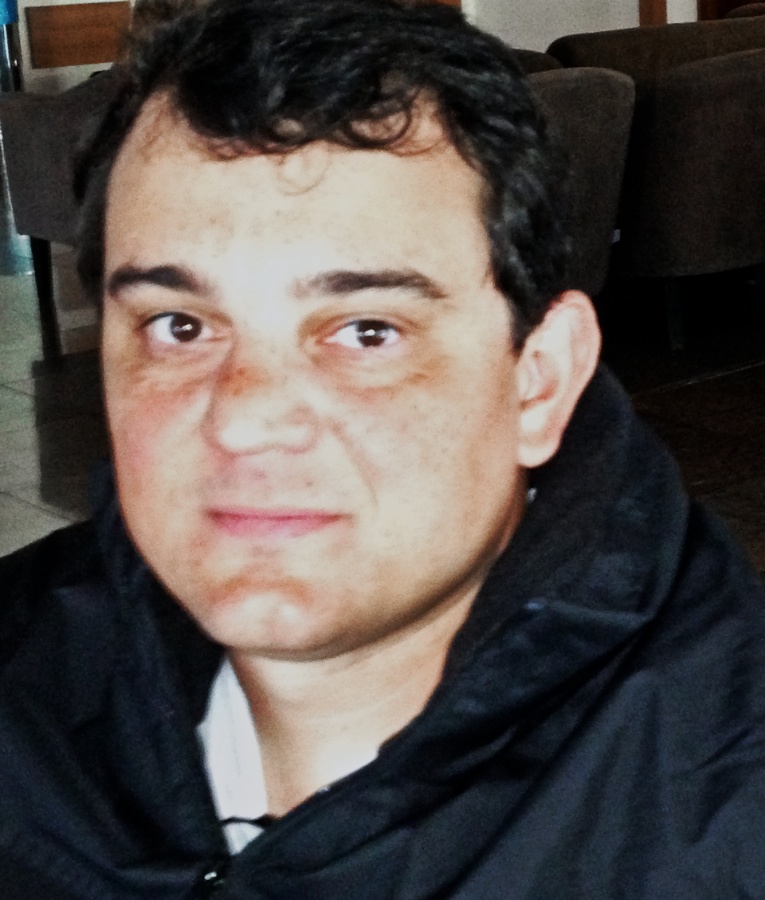
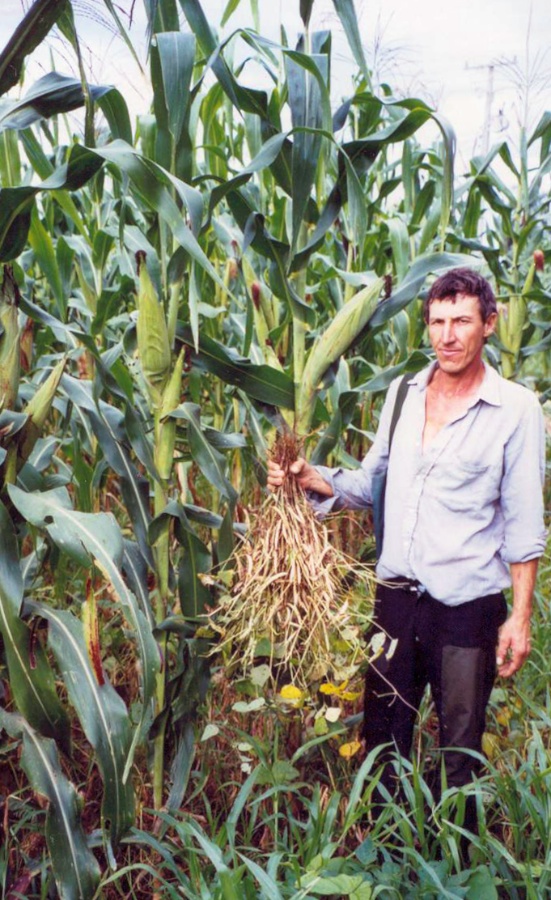
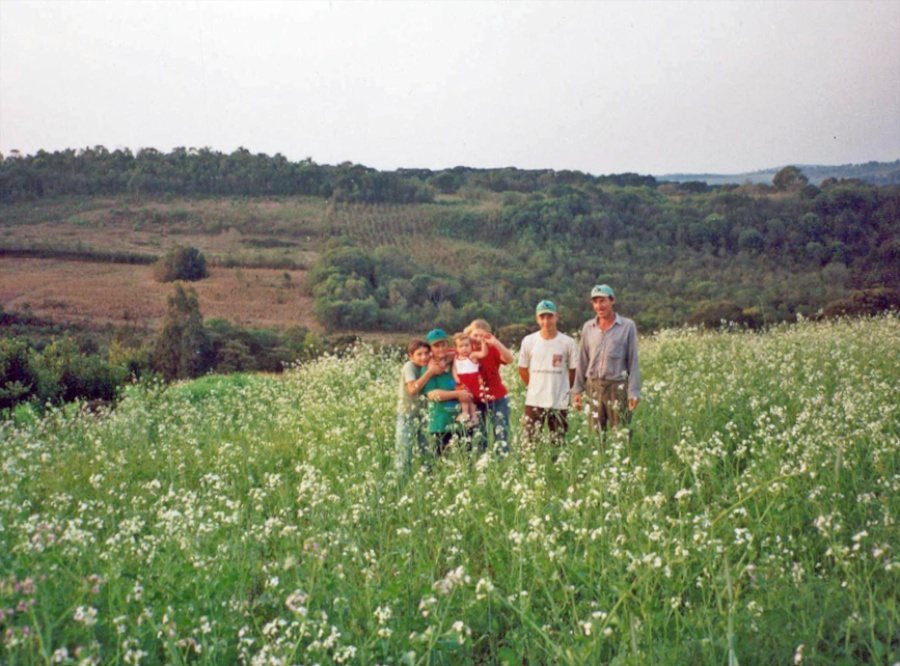
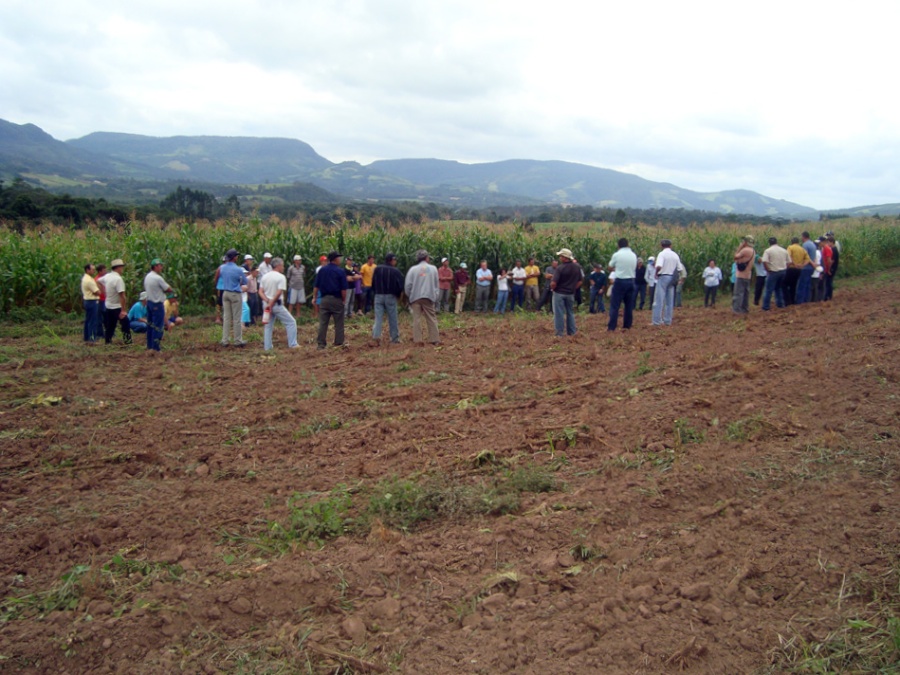
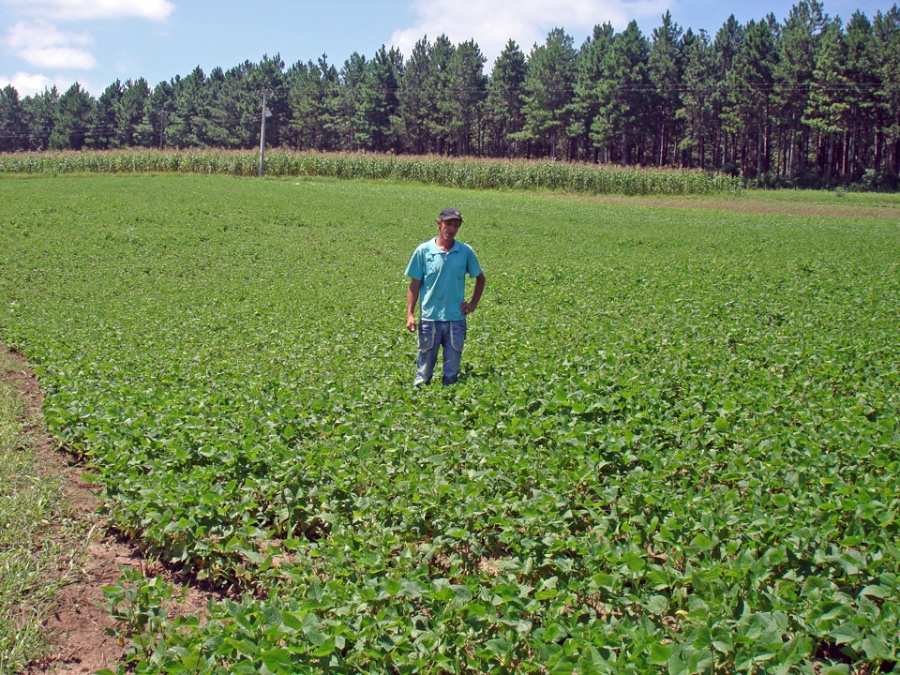

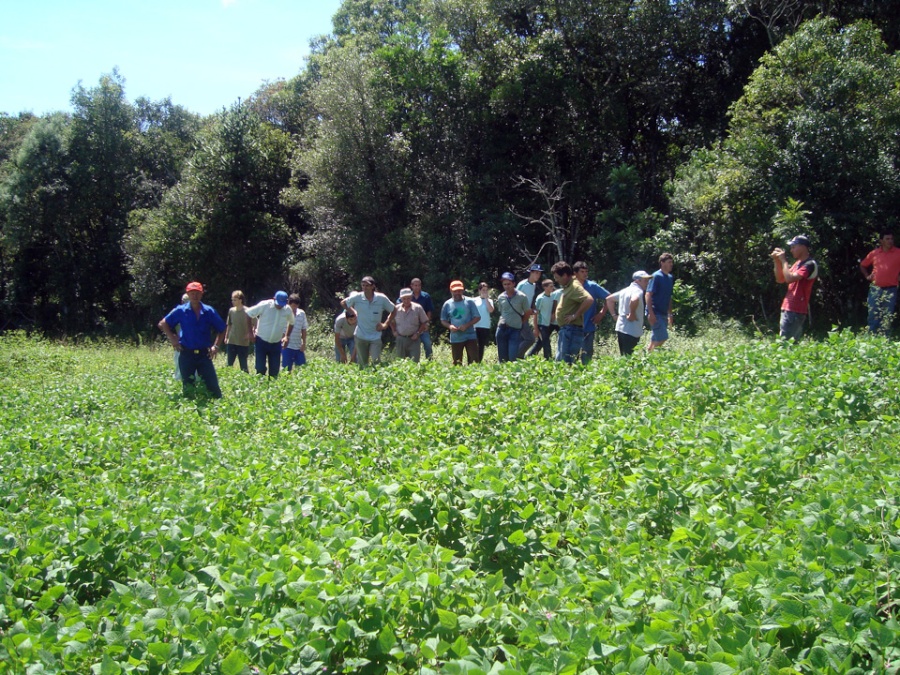
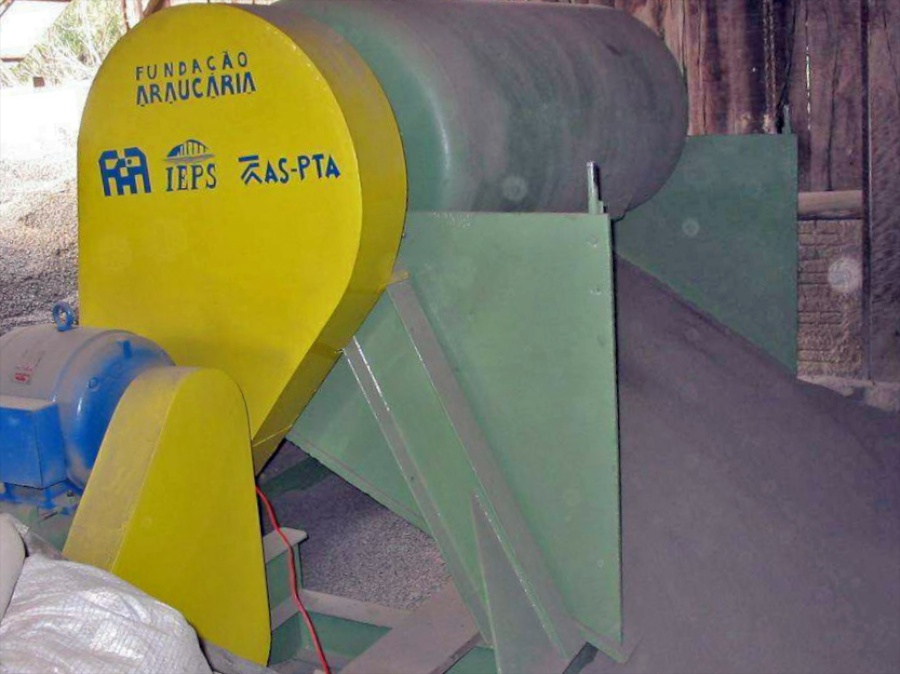
Support us on Patreon
Thank you for joining us today! Please become a member of RTE and support us on Patreon. Unlike many larger organizations, we work with a team of determined and passionate volunteers to get our message out. We aim to continue to increase the awareness of remineralization to initiate projects across the globe that remineralize soils, grow nutrient dense food, regenerate our forests’ and stabilize the climate – with your help! If you can, please support us on a monthly basis from just $2, rest assured that you are making a big impact every single month in support of our mission. Thank you!

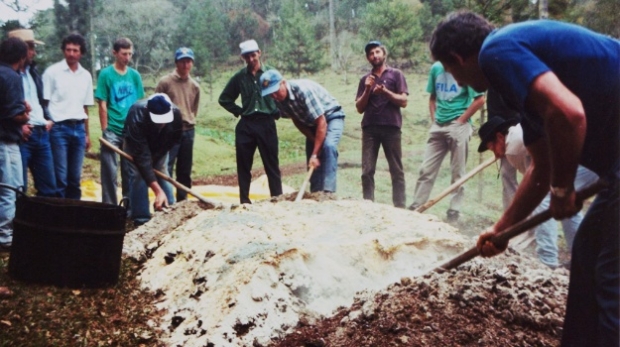






Kourtney Alsdon
March 22, 2014 (4:21 pm)
But along with farmed tilapia and farmed shrimp, farmed salmon is among the principal aquaculture controversies that we should be paying closer attention to. Salmon is bred in ocean based pens rife with relentless organic…